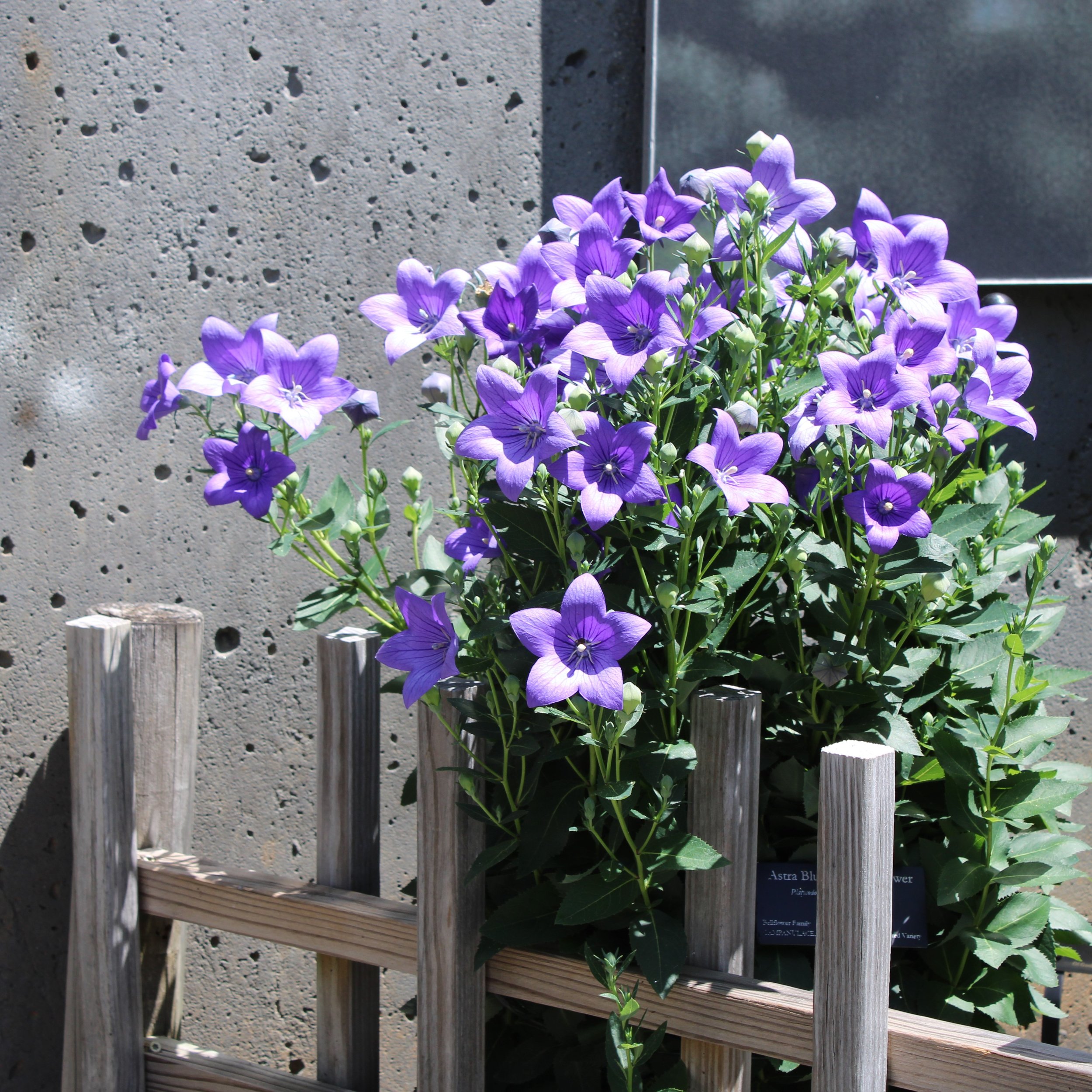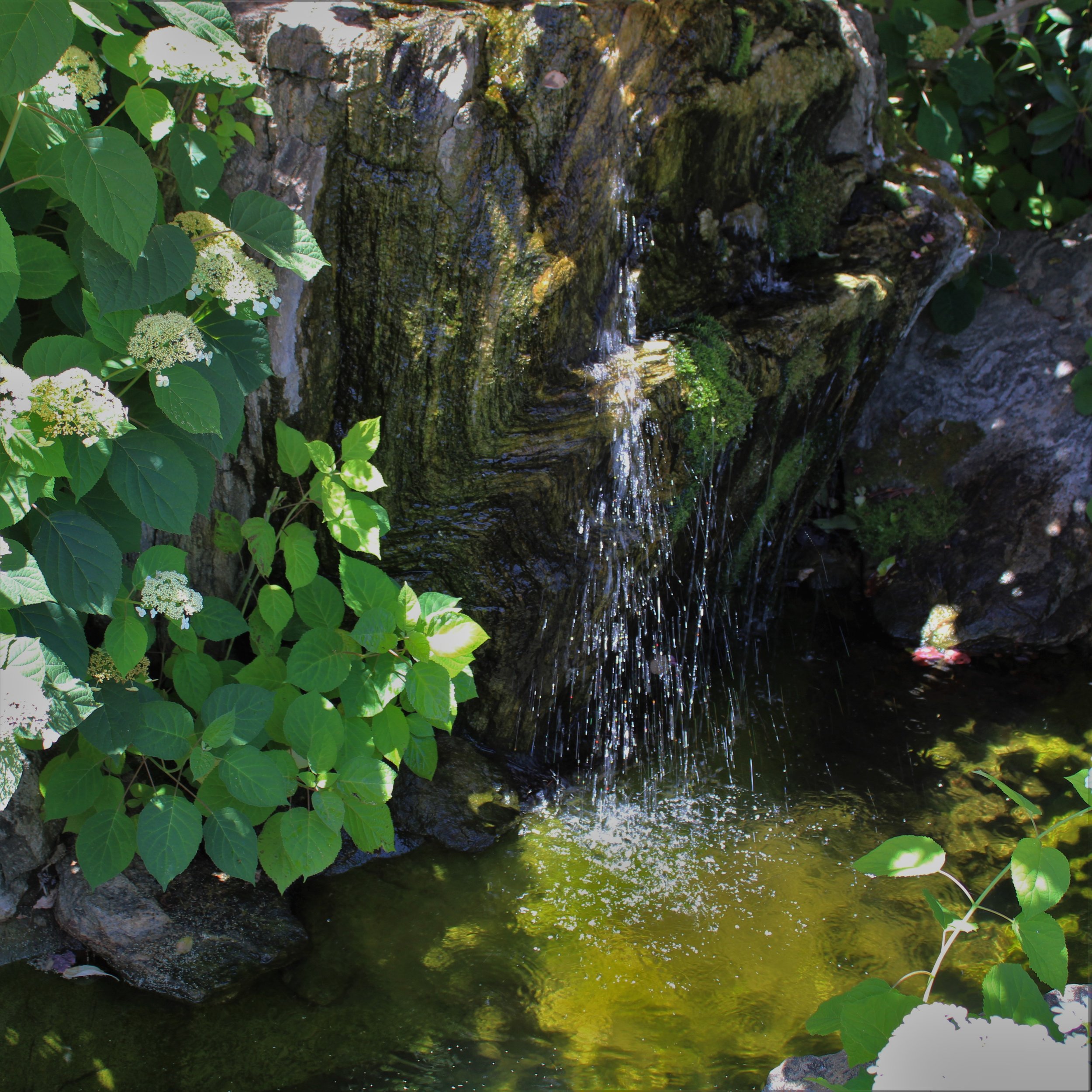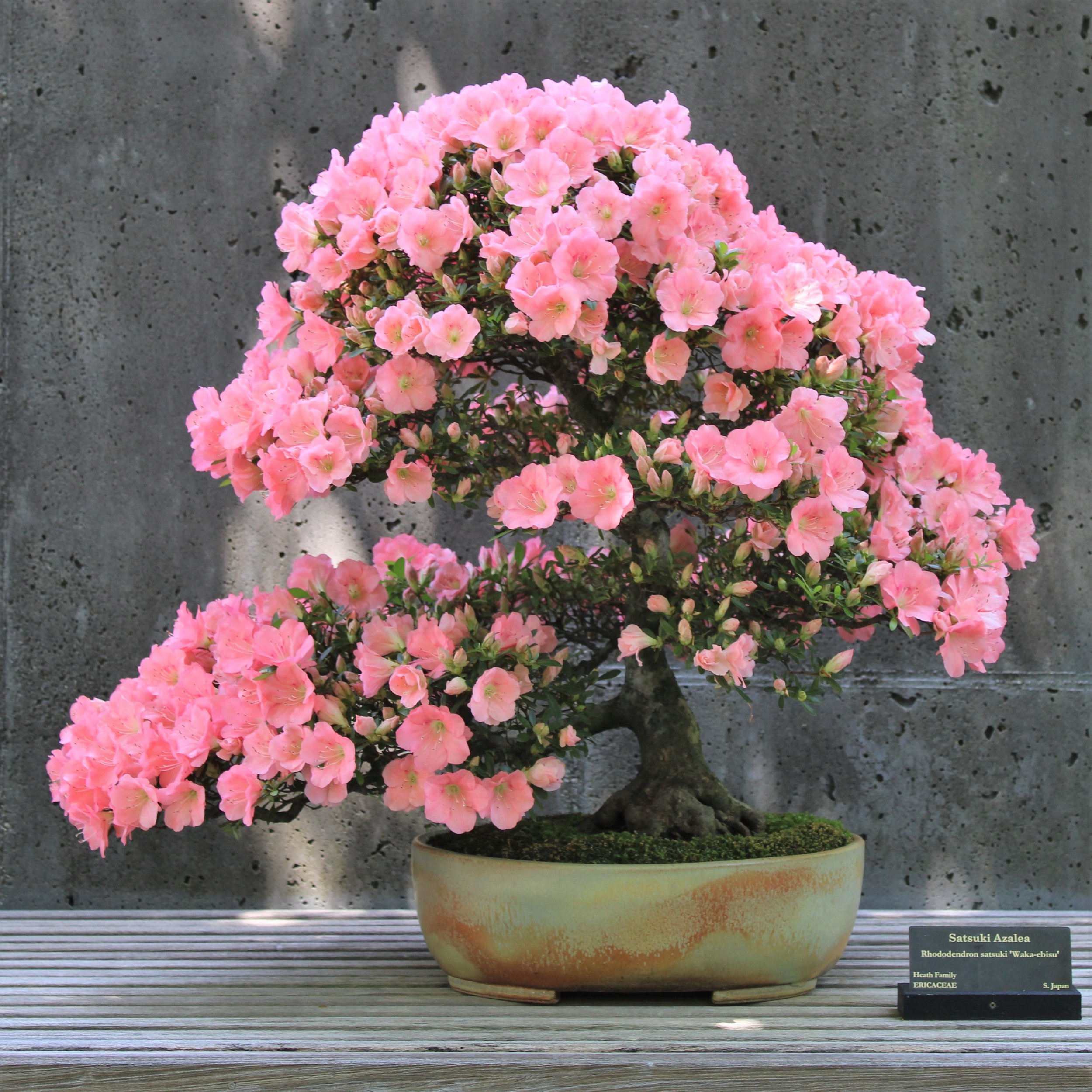July
With the turning of the page to a new month, we find our calendar year at the point of being half behind us and half ahead. Spring, technically just ended, seems long gone now. The flowers of spring are gone, replaced by the flowers of summer. No vestige of spring green remains, even in the mountains at the highest elevations, but green is unquestionably the dominant color of the natural landscape. It presents itself in many subtle variations, but now it all blends together to form a uniform coat of deep richness. In daytime the blueness of the sky seems impossible, an expansive background off of which the green of summer vibrates. Clouds are often seen, as in any season, but the clouds in the summer sky can be so brilliantly pure it cleans your eyes to look at them. Later in the day they often pile up into towering masses of soft spun sugar shapes that lend themselves to all manner of interpretation, seemingly solid and unmoving, yet intangible and fleeting. Sometimes these same clouds lose their carefree character, growing dark and brooding, and deep rumblings are heard in the steamy distance. A late afternoon thundershower is nothing out of the ordinary on a summer day in July. The rain that falls is sometimes intense but rarely long lasting, and often appreciated for the cooling effect it can have, and for draining off some of the heavy humidity.
In July the fruits of summer become abundant. Go to the farmer's market and see baskets of peaches from down the road in South Carolina, melons coming up from Florida and Alabama, and crates of cherries flown in from Washington state. More locally, cucumbers are ready, great plagues of zucchini are in the offing, and the gardeners who went to every extreme in protecting young tomato plants set out as early as possible are now proudly showing off the results of their labor. Insects are abundant now, too. Butterflies, bees, mosquitos, gnats and flies fill the air with movement and whirring sounds, while ants, beetles, spiders, caterpillars and slugs crawl and scurry and slime their way across the ground. At night the fireflies come out, moving silently about, intermittently glowing as tiny points of magical light in the velvet darkness, tracing mysterious patterns against the dark shapes of shrubs and trees and the darkness of the night sky. Birds of all sorts have fledged their first broods and are often at this time busy bringing along a second or even a third brood if conditions are favorable for it. Animals, from squirrels and rabbits to deer and bear, move through the landscape, searching for food in forest and field, or suburban backyard and city park. Snakes shed their skin, turtle babies break out of the earth, lizards do push ups in the sun, and frogs and toads sing out day and night. In the rivers and streams, in ponds and lakes, aquatic life of myriad forms are also going about their business with hectic purpose. It is early summer and life is everywhere active right now, and on the move. It is a time of free flowing energy.
Whence comes this energy? Look up.
All life we see around us is a manifestation of the sun's energy. The month of July begins with the sun following its highest track across the sky, pouring forth light and heat as it radiates energy. To explain how all this works requires consideration of the effect of sun angle on climate, which involves trigonometry, and trigonometry is nothing I want to write about. I tried learning it once a long time ago and it didn't take. Here are a couple of things I do know: The hours of sunlight are long as July starts out and as we move through the month they gradually grow shorter, although the change is mostly imperceptible; and, July is hot. July typically starts out hot and gets hotter as we move along through the month. Long days with the sun beating down hot — that's July. Plants are growing at full strength now, soaking up all that sun energy and going through the processes (flowering and fruiting) that ensure the next generation of their kind. Meanwhile, all the life forms that feed on plants are busy consuming second-hand sun energy and likewise going through the processes that will produce their next generations. Other life forms take their sun energy third or fourth-hand, but in every case it all starts with the energy of the sun and in July the energy is free flowing and the sun is beating down hot. The beginning of July finds us in the middle of the calendar year, and smack dab in the middle of the great cycle of life.
July also finds those of us who care for the Arboretum's bonsai and bonsai garden out working in the sun, dealing with the on-the-ground reality of summer. This means attempting to regulate plant growth through endless pruning, spraying pesticides to keep weeds and plant-eating creatures under control, and keeping up with watering. These activities began in earnest in May and June and continue relentlessly this month. Especially the watering. On any given July afternoon you will find me or the bonsai assistant attached to a hose somewhere in the greenhouse, hoop house or garden, bringing water to the little trees in their little pots. The plants we grow really don't mind the heat, so long as the water doesn't run out. It is an amazing thing to contemplate — a tree standing out under the open sky, the summer sun blazing down on it with unmitigated intensity. You feel the heat of that sun yourself as you stand there a moment, wearing a hat to shield your head, maybe sunblock to protect any exposed skin, looking at that tree before you decide to move on to someplace shady. The tree can't move out of the sun. It stands there fully exposed, bathed in pure light and ferocious heat, and it takes it. It lives and grows and prospers. Or, it does so as long as there is moisture for the roots to take up to send to the leaves so they can transpire and cool themselves. It's a simple but effective system, and it's water dependent. When the water runs out the leaves burn and the plant desiccates — a pitiable sight to see!
As the growing season progresses, some changes are in order for the bonsai garden display. Bonsai that showed off with pretty flowers in June are in some cases rotated out when their blooms fade. Other specimens that looked fine in the earlier, milder months begin to show a little stress when full exposure to summer sun catches up with them, and these will be moved to the hoop house where the shade cloth overhead provides some relief. Plants that are most tolerant of sunny summer conditions — pines, junipers and various tropical species — will take their places. There is no schedule for these movements. Daily observation provides the opportunity to keep track of developments and changes are made as necessary. July is a time of transition in this sense, as our spring display gradually morphs into a summer one.
The landscape of the garden also shows seasonal change now. The late spring flowering time of azaleas, rhododendrons, mountain laurel and bluestar was wonderful, but now has passed. As July arrives the butterfly weed, coneflowers and shasta daisies are showing off in tandem with the bee balm, balloon flower and oakleaf hydrangea. The summertime garden takes a great deal of maintenance, but the end results do not go unappreciated. Visitation to the garden remains strong, even in the heat of July, and the reviews are always favorable.

















